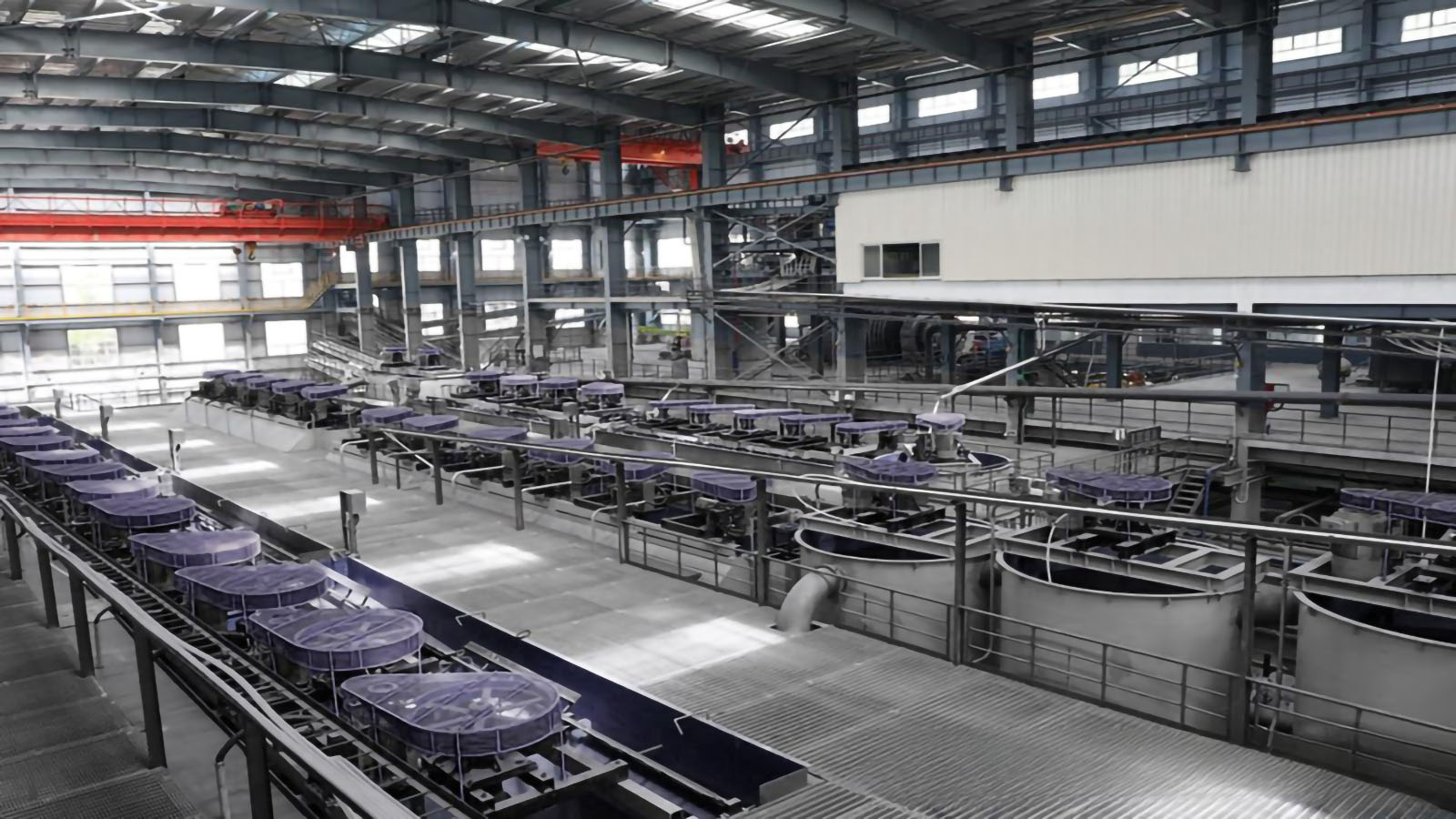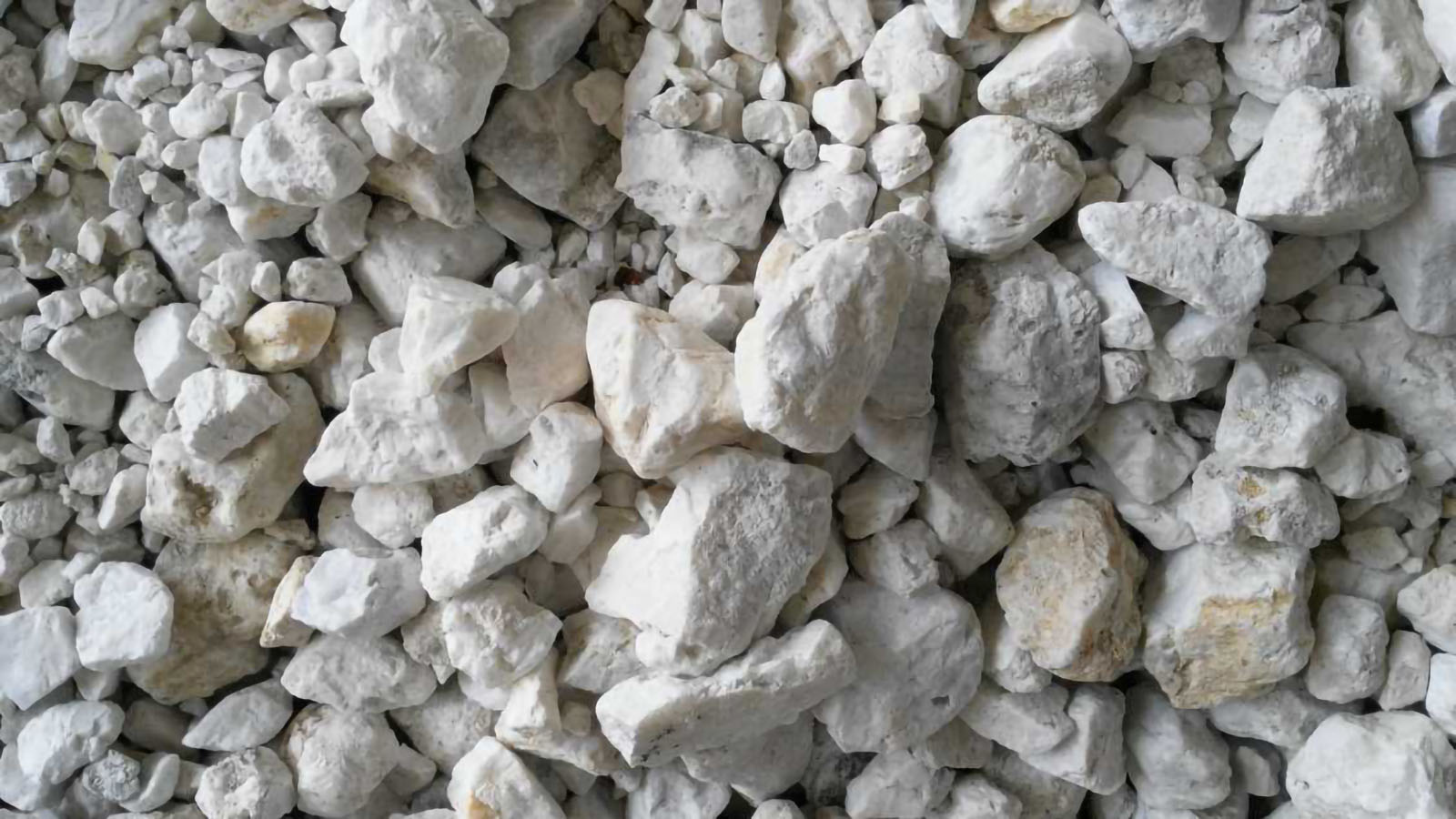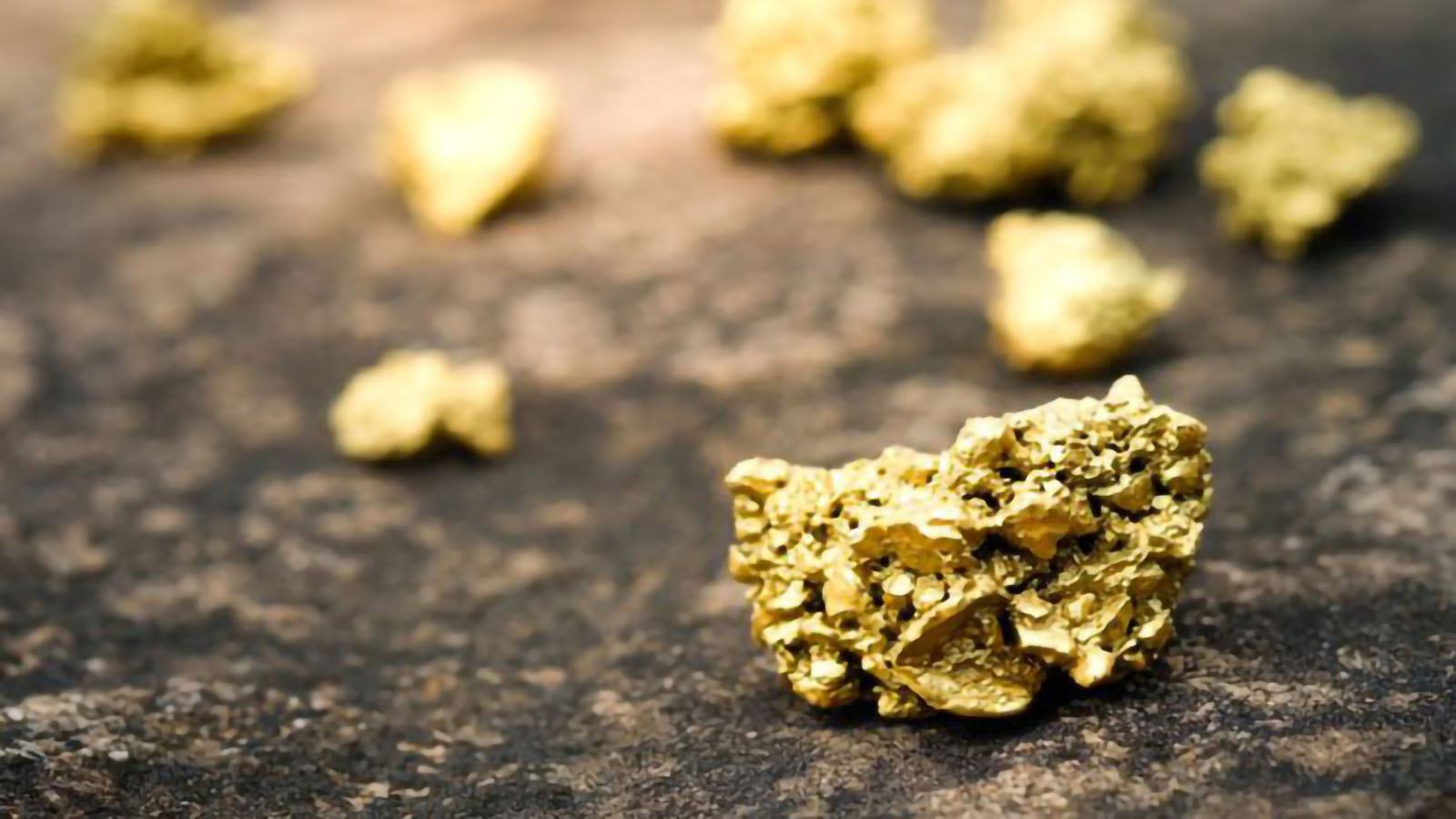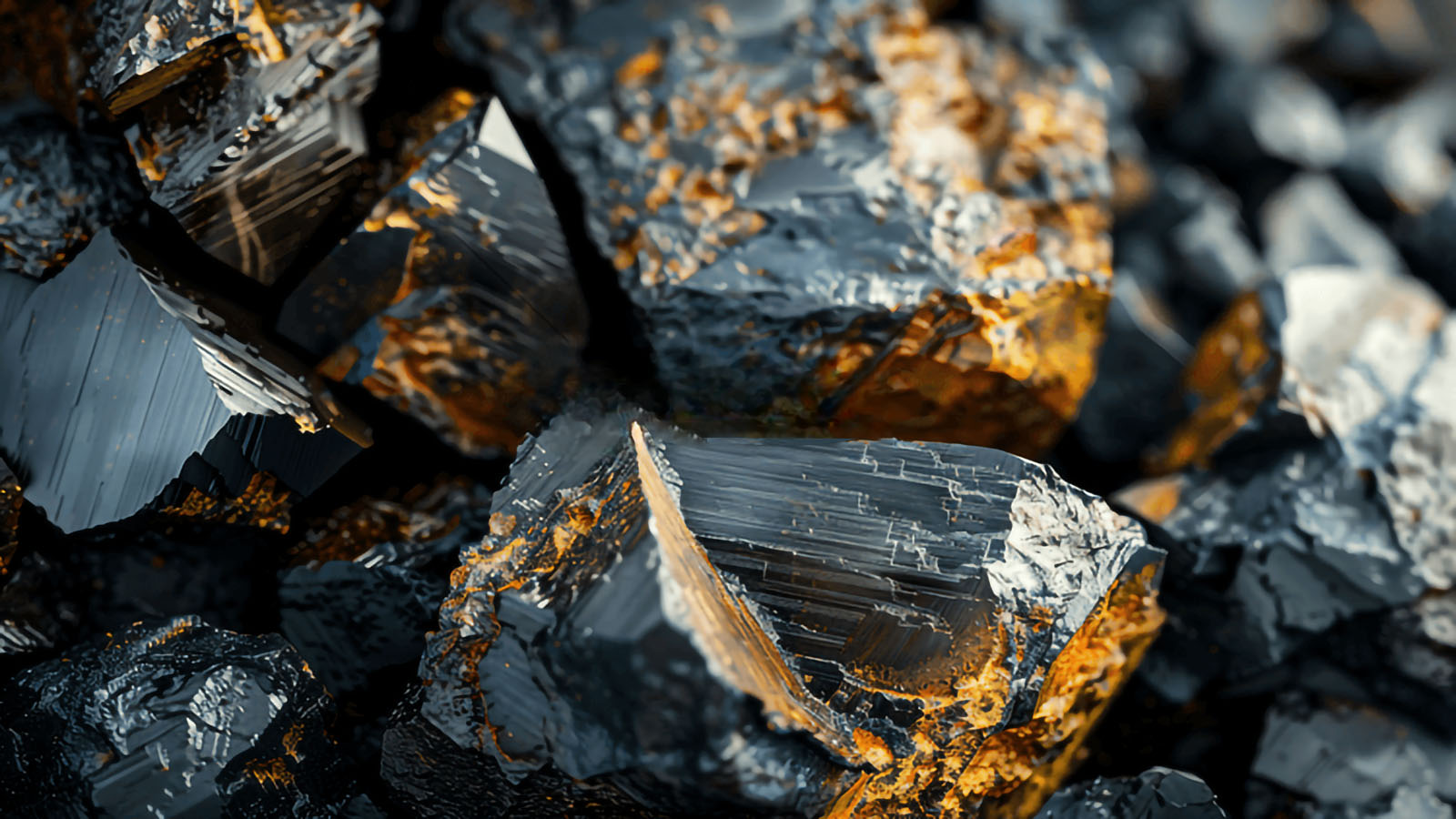
Flotation is the process of separating minerals from ore by attachment to air bubbles, serving as a cornerstone of mineral processing with crucial applications across industries from mining to environmental remediation. Its effectiveness depends on a delicate balance of multiple factors, each contributing to the separation of valuable minerals from unwanted gangue.
Chemical Factors
1. Collectors and Surfactants
Collectors are essential chemicals in flotation that facilitate the attachment of minerals to air bubbles. These compounds, typically surfactants, have an affinity for specific minerals, enabling them to form hydrophobic layers on mineral surfaces. Common collectors include xanthates, dithiophosphates, and thiocarbamates, each tailored for specific minerals, enhancing their floatability. Proper collector selection can improve recovery rates by up to 15%.
2. Frothers
Frothers contribute to the production of stable and persistent bubbles, which are crucial for carrying hydrophobic mineral particles to the surface. By reducing the surface tension of the liquid phase, frothers ensure the formation of a froth layer that can accommodate mineral-rich bubbles, thereby facilitating their separation from gangue.
Physical Factors
1. Particle Size
The size of particles significantly impacts flotation efficiency. Fine particles tend to have lower flotation rates due to reduced probability of collision with bubbles. Controlling the particle size distribution in the feed is essential for optimizing flotation performance.
2. Hydrodynamics
Hydrodynamic conditions within the flotation cell influence process efficiency. Factors such as agitation, air flow rate, and pulp density affect the transport of particles and bubbles, thereby impacting the probability of collision and attachment.
Mineralogical Factors
1. Surface Properties
The surface characteristics of minerals, including their composition, charge, and hydrophobicity, determine their interaction with collectors and ultimately their floatability. Minerals with hydrophobic surfaces tend to readily attach to bubbles and float, while hydrophilic minerals remain in the pulp.
2. Mineral Liberation
The degree of liberation, or the extent to which valuable minerals are freed from gangue, greatly influences flotation. Proper grinding and crushing of the ore is crucial for ensuring exposure of valuable minerals for effective separation.
Operational Factors
1. pH Value
Maintaining appropriate pH levels is crucial in flotation. It affects the surface charge of minerals and the solubility of collectors. Different minerals exhibit varying floatability under different pH conditions, making pH regulation a key operational parameter.
2. Reagent Dosage
The precise dosage of flotation reagents (collectors, frothers, modifiers) significantly impacts the efficiency of the process. Overdosing leads to increased operational costs and reduced selectivity, while underdosing may result in lower recovery rates.
Environmental Considerations
While essential in mineral processing, flotation presents environmental challenges due to the use of chemicals and water. Efforts are being made to develop more environmentally friendly and sustainable flotation processes, such as using eco-friendly reagents and reducing water consumption.
Conclusion
Flotation is a complex process influenced by numerous factors, each playing a vital role in its success. Achieving optimal flotation performance requires comprehensive understanding and careful manipulation of chemical, physical, mineralogical, and operational parameters.
Related News

Advanced Barite Gravity Separation: A Comprehensive Analysis of Five Key Processing Stages

Efficient Gravity Separation Techniques for Carbonaceous Gold Ores: Parameter Optimization and Process Innovation
